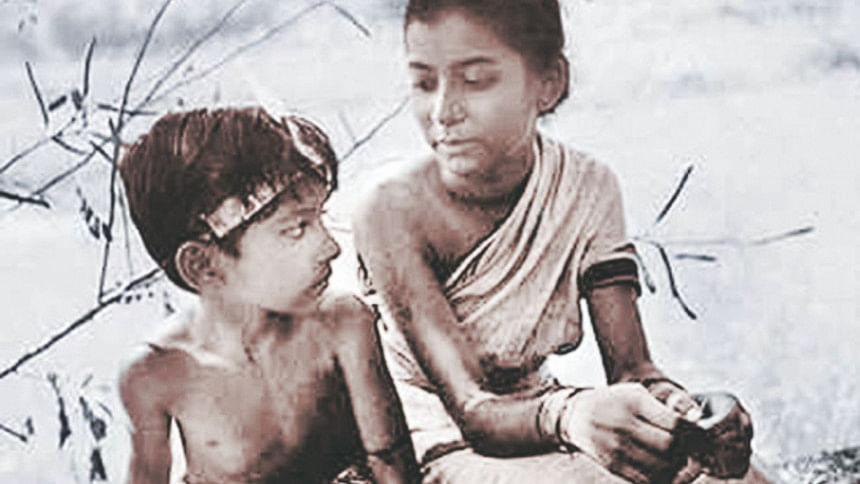Restoring Ray's classics

More than two decades after the original negatives of Satyajit Ray's acclaimed Apu Trilogy were damaged in a fire in a film lab in London, technicians and experts on three continents have put in thousands of hours to produce new high-definition versions of the films.
New prints of “Pother Panchali”, “Aparajito” and “Apur Sangsar” – derived from 4K restorations using the damaged original negatives and film prints from the US Academy of Motion Picture Arts and Sciences, Harvard Film Archive, and British Film Institute – will be screened across America from May and released on Blu-ray.
Behind the restorations is a tale of technicians in the US and Italy repairing the burnt prints by hand, scanning them frame by frame and then using computer tools to remove scratches and other blemishes. The first attempt at restoring Ray's classics was made in 1993, shortly after his death. When the Academy of Motion Picture Arts and Sciences presented an honorary lifetime achievement Oscar to Ray in 1992, producers sourcing material from the director's films for the Oscars ceremony were dismayed by the poor condition of existing prints. Several of the filmmaker's original negatives were shipped to Henderson's Film Laboratories in London in 1993. On July 20 that year, a massive fire at the lab destroyed original negatives of several British classics and severely damaged several of Ray's films.
The burnt negatives were deemed unusable but the Academy of Motion Picture Arts and Sciences gathered all fragments and film cans and stored them at its archive in the US. It was believed at the time that there were no technologies available to fully restore the badly damaged film elements.
Fast forward to 2013, and the Criterion Collection – a New York-based company that specialises in releasing classic films from around the world – began working on restoring the Apu Trilogy. As part of its efforts, Criterion located the negatives stored in the Academy Film Archive that had not been seen in 20 years.
In the end, 40% of “Pother Panchali” and more than 60% of “Aparajito” were restored from the original negatives. The two surviving reels of “Apur Sangsar” were too damaged to be used and the whole of that film was restored from other prints.
The scanned copies were then sent to the Criterion Collection's restoration lab in New York, where technicians used computer tools to digitally remove dirt, debris, warps and cracks. The technicians ensured that the original look of the films was retained.
There are, however, no plans as of now for screening the new versions of these classics in India.
Source: Hindustan Times

 For all latest news, follow The Daily Star's Google News channel.
For all latest news, follow The Daily Star's Google News channel. 



Comments